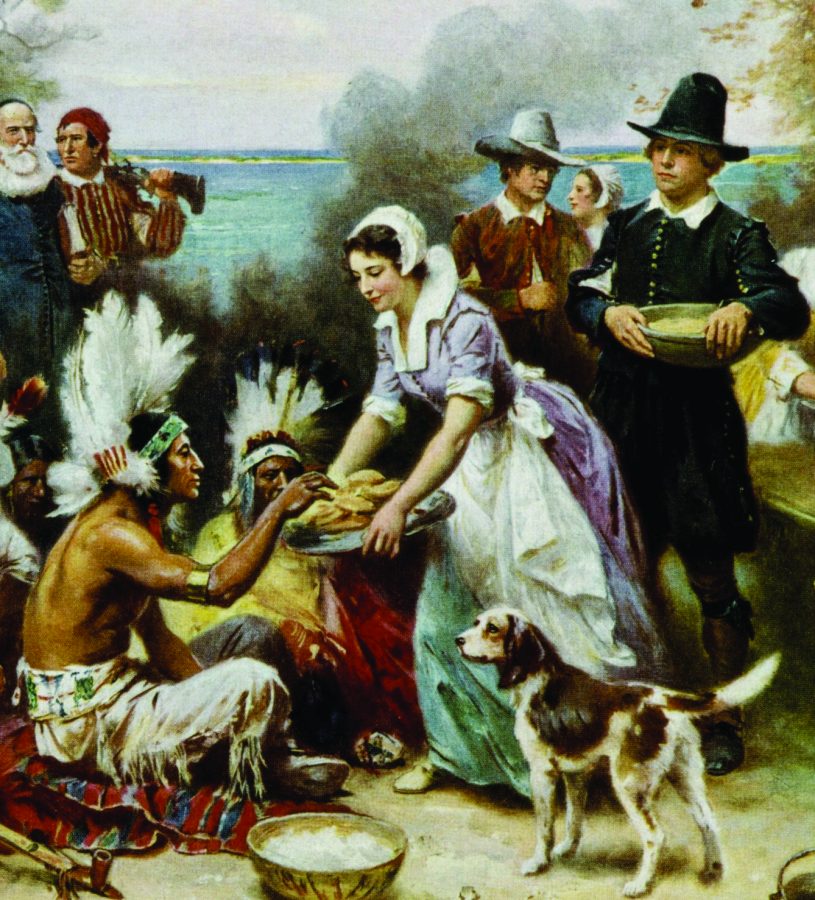How Thanksgiving became a national holiday
The story of Thanksgiving is well known — the story of the Native Americans and the New England settlers breaking bread as a demonstration of peace and understanding.
In earlier times, Thanksgiving was known as a peace treaty among the colonists and Wampanoag. Each side shared food such as venison, fish, duck, turkey, eel, shellfish, and geese. This was a day of celebration with both sides speaking broken English and Wampanoag. They signed the peace treaty in 1621 and it lasted until King Philip’s War (1675-1678). Several hundreds of colonists and thousands of Native Americans lost their lives due to the bloodshed in this war.
Continuing from then, after the war, New England colonists became accustomed to the idea of spending time with relatives and loved ones for one day out of the year. So when the Constitution was ratified, the founding fathers pushed for Thanksgiving to be added into the national holidays.
However, even though many northerners wanted the holiday to be celebrated nationally, many southerners didn’t agree with the idea, fearing that previous Thanksgivings were held under the influence of Great Britain. Many were worried that the holiday would spark more controversy than it would produce unification.
Thanksgiving was not established as a national holiday until the mid-19th century and was finally made a national holiday Oct. 3, 1863. In the middle of the Civil War, President Abraham Lincoln proclaimed a national Thanksgiving on Thursday, Nov. 26.
From there, each year the president proclaimed when Thanksgiving was to be held, and many presidents established it as the last Thursday of November, with few exceptions such as Teddy Roosevelt. He wanted to extend the Christmas shopping season by holding Thanksgiving on the third Thursday of the month. Many states didn’t agree to this, so in 1941 Congress established that Thanksgiving would be held on the fourth Thursday of November.
As time progressed, Thanksgiving became more meaningful, as families started to move further and further from each other. Thanksgiving shifted to a day to bring families back home for the celebration. This gathering tradition continues in many ways. Some people spend the holiday with family, and some with friends. Others spend time watching football, and some spend it as a reason to cook endlessly. All in all, Thanksgiving can be whatever you want it to be; it’s all about what you choose to be thankful for, and that’s what makes Thanksgiving special.






